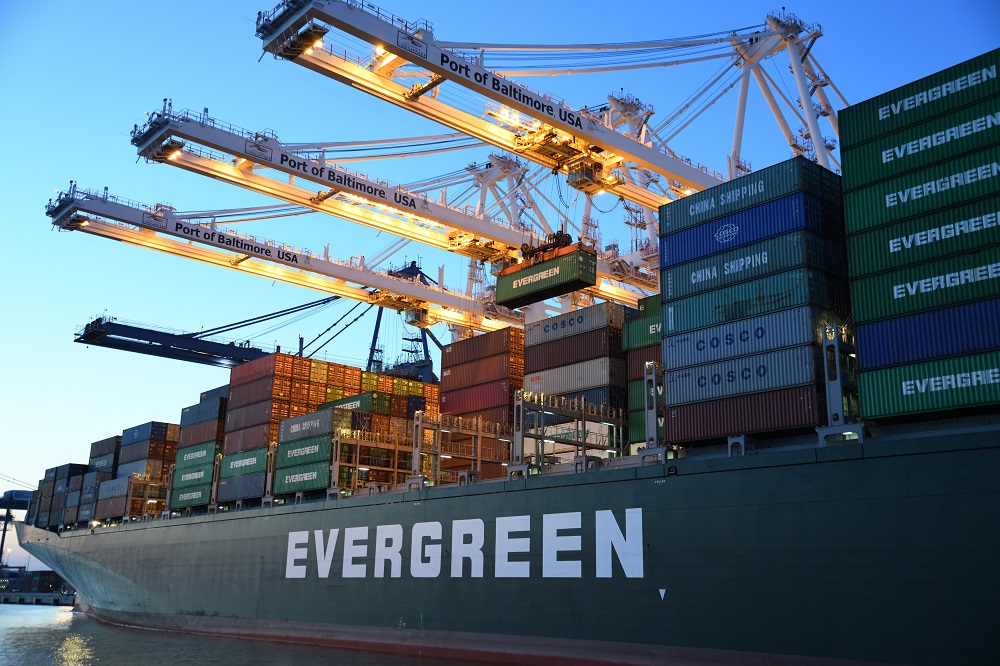Email: info@xpressrailsdelivery.com

In our interconnected world, the demand for seamless global trade has fueled the rise of International Shipping, a complex yet vital component of the logistics ecosystem. In this comprehensive exploration, we embark on a journey through the intricacies of International Shipping, uncovering the challenges, considerations, and significance of this indispensable service.
Definition and Essence
International Shipping involves the transportation of goods and parcels across borders, facilitating trade and connecting businesses and individuals on a global scale. Unlike domestic shipping, international shipments traverse diverse customs regulations, varying transportation modes, and multiple jurisdictions, making the process inherently more intricate.
Key Components of International Shipping
Challenges and Considerations in International Shipping
Understanding Customs Procedures
Customs procedures vary from country to country, adding a layer of complexity to international shipping. Shipments must comply with the specific regulations of both the exporting and importing countries, involving detailed paperwork and adherence to import/export restrictions.
Tariffs, Duties, and Taxes
International shipments may be subject to tariffs, duties, and taxes imposed by the destination country. Understanding these additional costs and ensuring proper documentation is essential to avoid delays and unexpected expenses.
Air Freight vs. Sea Freight
The choice between air and sea freight depends on the nature of the shipment. Air freight offers speed but can be costlier, making it ideal for time-sensitive or high-value items. Sea freight, on the other hand, is more economical but takes longer, making it suitable for bulk goods or non-urgent shipments.
Last-mile Delivery Challenges
The final leg of international shipping, known as last-mile delivery, can pose challenges. Factors such as local infrastructure, customs clearance at the destination, and varying delivery norms influence the efficiency of the last-mile delivery process.
Advantages of International Shipping
Market Expansion and Customer Reach
International shipping opens doors to global markets, allowing businesses to reach customers beyond their domestic borders. This expansion can result in increased sales, brand recognition, and opportunities for collaboration on a global scale.
Access to Diverse Products and Suppliers
For consumers, international shipping provides access to a diverse range of products and suppliers. It enables individuals to purchase goods that may not be available locally, fostering a global marketplace.
Cultural Exchange Through Commerce
International shipping facilitates cultural exchange by allowing the exchange of goods, ideas, and innovations between different regions of the world. This interconnectedness contributes to a richer global tapestry.
Collaboration and Trade Partnerships
Businesses can establish trade partnerships and collaborations with international counterparts, fostering economic growth and innovation. International shipping serves as the logistical backbone for these collaborations.
Choose a Reliable Shipping Partner
Selecting a reliable international shipping partner is paramount. Consider factors such as the carrier's global network, track record, and ability to navigate customs procedures seamlessly.
Accurate and Complete Documentation
Ensuring accurate and complete documentation is critical for international shipments. Work closely with your shipping provider to understand the specific requirements of each destination country.
Stay Informed About Regulations
Stay informed about international trade regulations, including changes in tariffs, duties, and import/export restrictions. This knowledge is crucial for anticipating challenges and ensuring compliance.
Real-world Insights: International Shipping in Action
In this case study, we follow the journey of a tech company shipping a prototype product from its manufacturing facility in Asia to a potential business partner in Europe.
Origin: Manufacturing Facility in Asia
The tech company, based in Asia, manufactures a cutting-edge prototype. Recognizing the potential of a collaboration with a European partner, the company opts for international shipping to send the prototype for evaluation.
Air Freight for Speed
Due to the time-sensitive nature of the prototype, the company chooses air freight for rapid transportation. The shipment is carefully packed and undergoes customs clearance at the origin, ensuring compliance with both Asian and European regulations.
Arrival in Europe and Customs Clearance
Upon arrival in Europe, the shipment goes through customs clearance. The accurate documentation prepared by the company aids in a smooth clearance process. The company works closely with its shipping provider to address any unforeseen challenges.
Last-mile Delivery to Partner's Location
The last-mile delivery involves transportation from the European airport to the partner's location. The efficient coordination between the shipping provider and local logistics partners ensures the prototype reaches its destination on time.
Photo Gallery
In the vast expanse of global commerce, International Shipping stands as the bridge connecting nations, businesses, and individuals. Its significance goes beyond the movement of goods; it fosters economic growth, enables cultural exchange, and expands the horizons of businesses and consumers alike. As we've navigated the intricate waters of International Shipping, we've uncovered a dynamic and essential service that propels the engine of global trade, allowing dreams, innovations, and collaborations to traverse borders and reach every corner of the world. In the grand tapestry of international commerce, International Shipping is the thread that weaves together the diverse fabric of our interconnected planet.
© 2025 Rails Express. All rights reserved.
Code of Conduct | Return Policy | Privacy Policy | Terms of Service